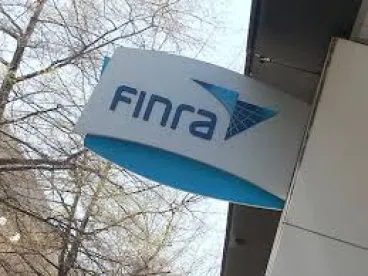FINRA’s recently-released Regulatory and Examinations Priorities Letter for 2015 reflects substantial regulatory interest in high-frequency trading and other issues arising from trading technology. Regulatory concern over these issues has been previously reported on this blog here and here.
The 2015 Letter states that FINRA has adapted its surveillance program to identify potentially violative conduct such as trading by “abusive algorithms” made possible by advances in technology and changes in market structure. Abusive algorithms, according to FINRA, include trading algorithms that seek to manipulate the market through layering, spoofing, wash sales, marking the close, or other manipulative techniques.
The 2015 Letter further states that member firms must be “more vigilant” in detecting and preventing such misconduct through analysis of market participants’ trading activities on their systems. As such, FINRA will review whether firms’ supervisory and other controls appropriately detect abusive activity by either a firm’s own traders or its customers.
The 2015 Letter also reflects concern over various risks to the market – and risks to trading firms themselves – posed by high-frequency and other algorithmic trading, even where the algorithms may not be considered abusive. FINRA is particularly concerned about technology controls, including the supervisory process for the development and testing of trading technology. For example, the 2015 Letter expresses concern as to whether firms perform sufficient off-line testing of changes to trading technology before those changes are deployed. FINRA examiners will review firms’ technology controls and the segregation of duties of technology staff performing various functions relating to the development, implementation and modification of trading technology. Examiners will also review risk management and financial and operational controls in light of potential risks from high-frequency trading.
The 2015 Letter also expresses concern with respect to firms’ order routing algorithms, and whether order routing practices provide best execution for customer orders. FINRA is conducting a sweep of firms that route a significant percentage of unmarketable customer limit orders to trading venues that provide the highest rebates. The concern is that customers may receive inferior executions because of market movement during the pendency of the order. FINRA also is in the process of reviewing routing decisions for marketable versus non-marketable orders, and how such decisions are affected by rebates. In light of these concerns, FINRA examiners will review firms’ practices for evaluating order routing decisions in light of their best execution obligations. FINRA also noted that it is looking at best execution for options and fixed income transactions.
In addition to these areas of concern, the 2015 Letter also outlines examination priorities with respect to a number of other issues, including sales practices, supervision, cybersecurity, anti-money laundering, market access and other subjects of regulatory interest.






 />i
/>i

